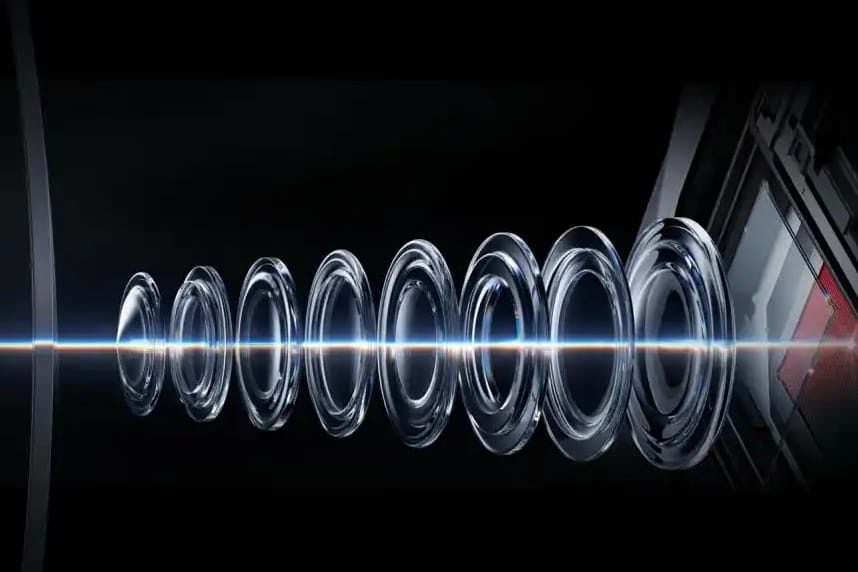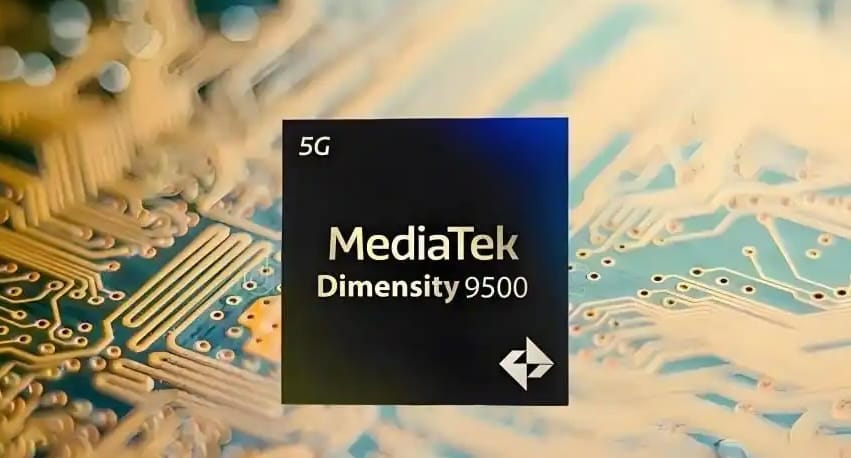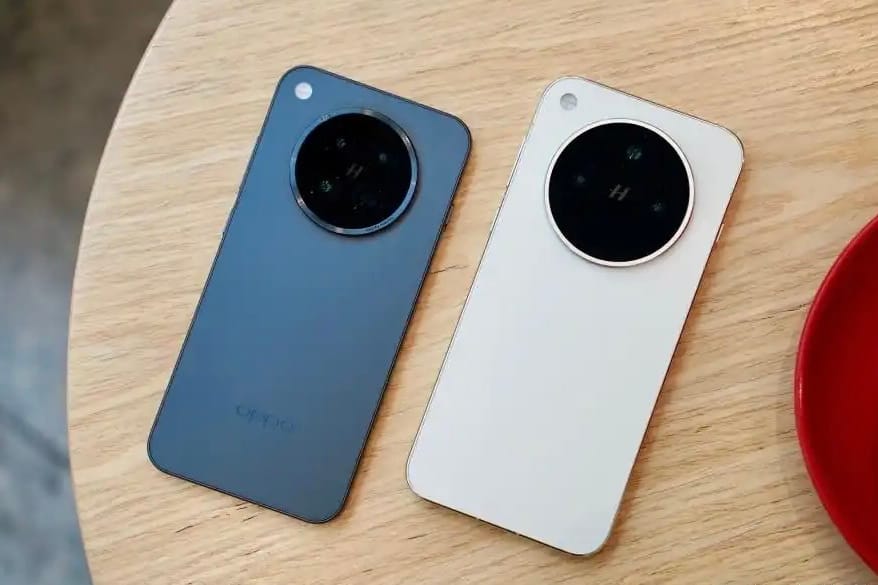OPPO Find X9 Pro is set to reshape the imaging competition among smartphone makers. The imaging competition paths of mobile phone manufacturers have begun to diverge: on one side is the multi-focal length relay, and on the other side is the extreme of single lens, which has also led to polarized predictions in the digital enthusiast community.
Some users praised 200 million pixels as the “antidote to quality change in telephoto photography”, while others worried about the compromise in image quality in the mid-focal length, so it is difficult to really make a compromise.
Recently, a blogger said that OPPO’s next-generation flagship Find X9 Pro will be equipped with MediaTek Dimensity 9500 processor, and will introduce a 200-megapixel large-bottom periscope telephoto camera for the first time in the Find series.
The key point is that the new phone will make up for the shortcomings. For users with a higher budget and who like OPPO, the appeal brought by the new phone is really strong.

You should know that today’s smartphone imaging competition has entered deep waters, and the pixel war has reached a new climax. Among them, the most radical change of Oppo Find X9 Pro is hidden in the camera module with an astonishing diameter.
That is, it uses a 200-megapixel periscope telephoto lens and a 1/1.4-inch ultra-large bottom sensor, compared to the Find X8 Pro’s dual 50-megapixel periscope solution (3x + 6x optical zoom).
The new phone seems to be doing subtraction, but in fact it is a complete change in the technology route. The reason is that the redundant resolution brought by ultra-high pixels allows a single lens to achieve multi-focal length coverage through cropping.
After all, the terrifying resolution of 200 million pixels combined with the ultra-large amount of light entering the bottom theoretically solves the two major pain points of telephoto lenses: loss of details at long distances and collapse of image quality in low light.

However, risks also exist. The transition from medium focus to long focus (3-5x zoom) will rely entirely on algorithm cropping optimization. If OPPO’s AI multi-frame synthesis and pixel fusion technology are not adjusted enough, the mid-range zoom image quality may be inferior to the previous generation.
However, looking back at the Find X8 Pro released in October 2024, its imaging system can be described as a “stacking maniac”: the four-camera combination includes two periscope lenses, responsible for 3x and 6x optical zoom respectively. Although this solution covers the commonly used focal lengths, it also brings problems such as bloated modules and difficulty in coordinated adjustment of multiple lenses.
The simplified three-camera of Oppo Find X9 Pro (50-megapixel main camera + 50-megapixel ultra-wide-angle camera + 200-megapixel periscope telephoto camera) seems to be a step backward, but in fact it echoes the new trend of the industry.
For example, a 200-megapixel sensor can still output 50-megapixel high-quality images after four-in-one processing. Combined with digital zoom technology, a single lens can cover the practical focal length of 3X-15X, which not only reduces the size of the module, but also reduces the technical difficulty of unifying the colors of multiple lenses.

In addition to imaging capabilities, the specifications of the new phone have also been greatly enhanced. For example, the Dimensity 9500 chip chosen as the core configuration is the most radical work in MediaTek’s history.
Built on TSMC’s 3nm N3P process, the Travis and Alto cores are based on Arm’s latest X9 architecture and support the SME instruction set, while Gelas is the new generation of A7 series large core.
At the same time, the integrated Immortalis-Drage GPU focuses on improving ray tracing performance, and cooperates with the 16MB L3 cache + 10MB SLC cache combination to significantly reduce power consumption in heavy load scenarios.
The key point is that through deep collaborative adjustment of the image ISP and the 200-megapixel sensor, if successful, it will achieve a qualitative change in high-pixel HDR continuous shooting and night scene algorithm response speed.

Secondly, after the curved screen wave swept Android flagships for many years, Oppo Find X9 Pro still chose to return to the straight screen. Leaked information shows that the phone will be equipped with a 6.78-inch 1.5K resolution pure straight screen and support 1-120Hz LTPO adaptive refresh rate.
At the same time, the body structure is optimized simultaneously. Although it houses a 200-megapixel large-bottom module and a large battery, the new phone still controls its thickness through three-dimensional stacking.
In addition, the newly added custom buttons on the side support one-click start of the camera, recording or AI function, echoing the creative positioning of the imaging flagship, and the protection performance continues the tradition of the Find series.
The IP68 dust and water resistance certification ensures that the device can survive being immersed in water at a depth of 1.5 meters for 30 minutes. Combined with 3D ultrasonic fingerprint recognition, users can still quickly unlock the device with wet hands by the pool.

According to market news, OPPO Find X9 Pro will have a built-in 7000mAh large-capacity battery, equipped with 100W wired fast charging and 50W wireless fast charging solutions.
This combination can not only meet the high-performance output requirements of the Dimensity 9500, but also alleviate the power consumption anxiety of 200-megapixel multi-frame synthesis, and the details are also maximized.
For example, starting with LPDDR5X memory + UFS 4.1 flash memory, it is likely to provide a 12GB + 256GB basic combination, which will not be a pressure for both performance and storage enthusiasts.
Of course, the main camera is still in the AB Test stage. The bill of materials shows that the candidate options include a conventional outsole and a Sony IMX09A sensor. We still need to wait and see what the final result will be.
In short, the all-big-core design of the Dimensity 9500 is like a super engine specially made for imaging, and the 16MB L3 cache can instantly handle a huge data stream of 200 million pixels.
When Oppo Find X9 Pro is unveiled in September, this gamble on whether a single lens can subvert the multi-camera order will eventually be judged by the market.


